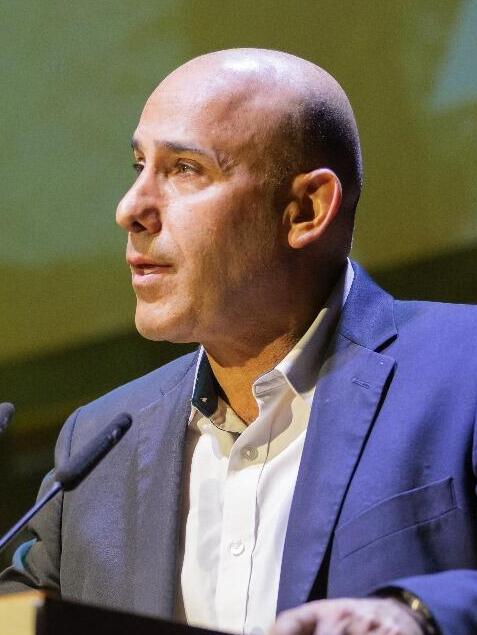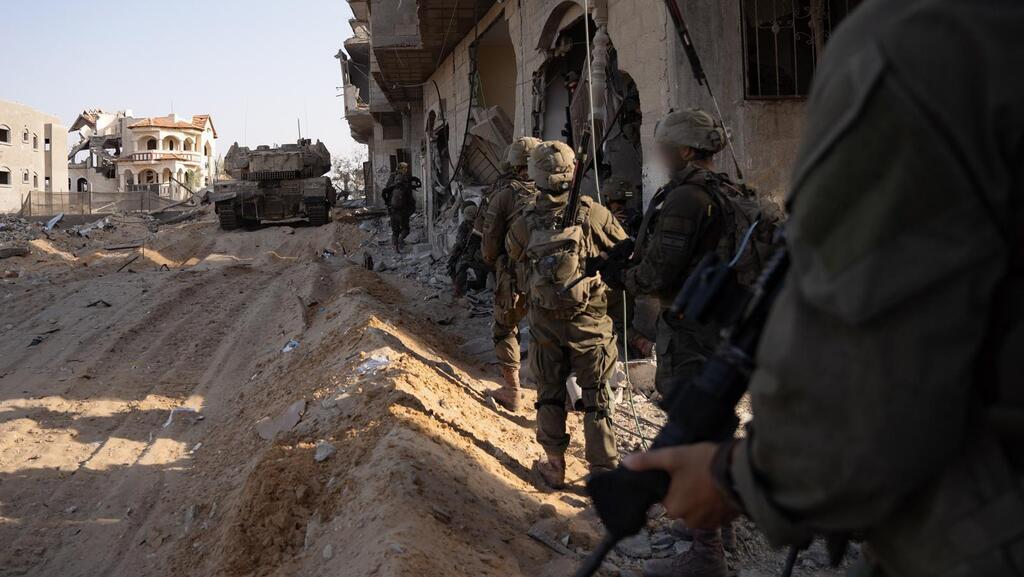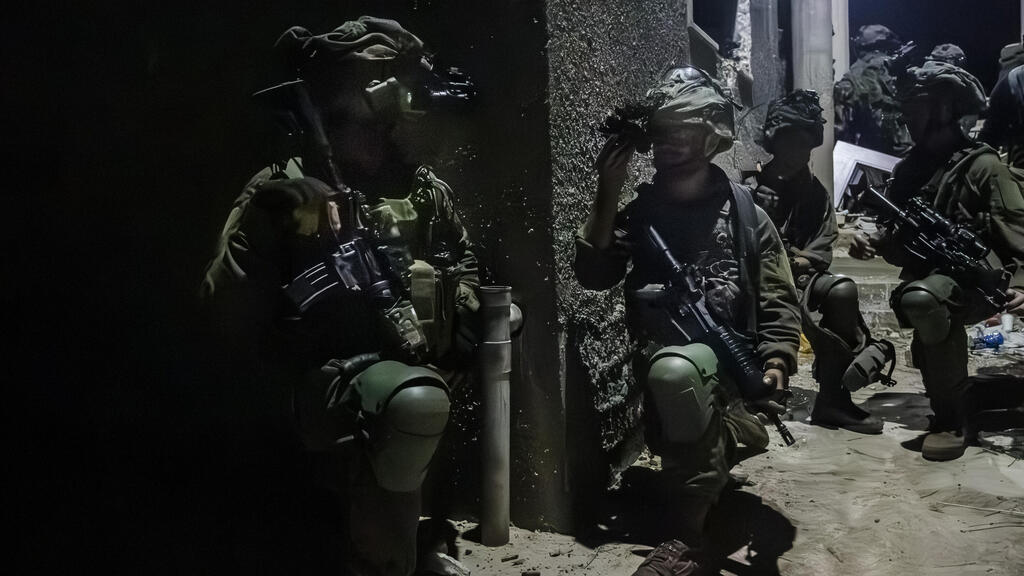Getting your Trinity Audio player ready...
One year after the October 7 attacks, a clear path forward is emerging for Israel, but the journey is far from over. Today's decisions will shape the nation’s security for years to come. While there is growing optimism, significant battles and dangers still lie ahead.
At the war's outset, it became clear that the ground forces were not adequately prepared for simultaneous, intense combat on multiple fronts. Only after 11 months of fighting was Israel able to shift the focus from the southern front to the northern border with Lebanon.
Most decisions were correct
Despite some challenges, the overall handling of the conflict has been successful, with most decisions proving to be the right ones. However, three key areas stand out where action could have been improved. First, maintaining the same operational pressure on Hamas from the start would have been better. Secondly, the incursion into Rafah and the Philadelphi Corridor came too late. Finally, Israel has yet to fully control humanitarian aid entering Gaza, much of which ends up in the hands of Hamas operatives instead of civilians.
The current state of war
The Southern Front:
Hamas has lost most of its military capacity. Earlier in the war, the fighting required systematic, street-by-street action to neutralize terrorists and dismantle their infrastructure. Today, combat in Gaza focuses on precision attacks, including targeted strikes on Hamas leadership, which is key to preventing the group from rebuilding.
The Northern Front:
In the past month, the fighting has concentrated along the Lebanese border. Notable are the attacks on Hezbollah’s communications systems, which reportedly disabled thousands of the group’s operatives, particularly its elite Radwan Force. Meanwhile, the Israeli Air Force has continued relentless strikes in the area.
Important lessons from the first year
The October 7 attacks jolted Israel out of complacency, exposing the serious threats it faces. For Israel to remain secure for future generations, several actions are essential. First, the country’s outdated national security doctrine must be revised to include zero tolerance for terrorist organizations along its borders. Governance must be strengthened to ensure that all Israeli citizens feel safe.
Israel must also address the forces behind anti-Israel activity at the United Nations and The Hague. The country needs to unite under the founding values of Zionism and Judaism as enshrined in the Declaration of Independence. A key part of this vision is creating a conscripted society where military service is universal.
Looking ahead: Victory and prosperity
The victory that once seemed distant is now within sight, though the road ahead remains long. Most Israelis now believe that success on all fronts is possible. For the IDSF movement, mere victory is not enough. The goal is to see Israel flourish, with a strong economy and a thriving society built on shared values.
 Amir Avivi Photo: DANIEL 'STRAVO
Amir Avivi Photo: DANIEL 'STRAVO- Brigadier General (res.) Amir Avivi is the founder and chairman of the Israel Defense And Security Forum (IDSF).
Get the Ynetnews app on your smartphone:
Brigadier General (res.) Amir Avivi is part of Israel's Defense and Security Forum - Habithonistim



